the UCLA Chicano Studies Research Center,
the Arhoolie Foundation,
and the UCLA Digital Library
 It’s not often that so-called millennials lead us back to music from the past century, especially Latin music. Showbiz today is all about being young, fresh, and new.
It’s not often that so-called millennials lead us back to music from the past century, especially Latin music. Showbiz today is all about being young, fresh, and new.
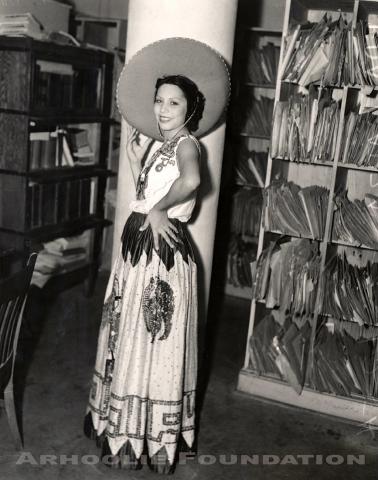 Singer Eva Garza launched her singing career as a teenager in San Antonio, Texas, and emerged as one of the few Mexican-American artists to gain international acclaim throughout the Americas. An accomplished and seductive interpreter of the romantic bolero, she collaborated during the 1940s and ’50s with top figures in the field, including Mexico’s Agustin Lara and Cuba’s Isolina Carrillo.
Singer Eva Garza launched her singing career as a teenager in San Antonio, Texas, and emerged as one of the few Mexican-American artists to gain international acclaim throughout the Americas. An accomplished and seductive interpreter of the romantic bolero, she collaborated during the 1940s and ’50s with top figures in the field, including Mexico’s Agustin Lara and Cuba’s Isolina Carrillo.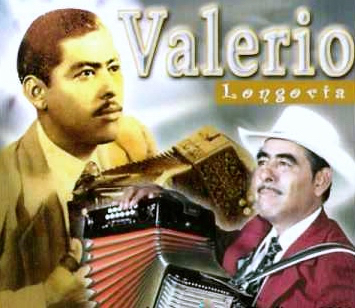 Valerio Longoria is considered one of the most innovative conjunto musicians who shaped the music’s classic period in the post-World War II era, a group considered “la nueva generación,” the new generation. The son of migrant farmworkers, he is credited with a number of firsts in the Tejano genre during a career that spanned more than 60 years.
Valerio Longoria is considered one of the most innovative conjunto musicians who shaped the music’s classic period in the post-World War II era, a group considered “la nueva generación,” the new generation. The son of migrant farmworkers, he is credited with a number of firsts in the Tejano genre during a career that spanned more than 60 years.
 Library archives can seem like dusty old places, even in today’s digital world. It’s usually the job of historians and ethnomusicologists to rummage around the artifacts of a bygone era, like the many 78-rpm records from the first half of the last century that can be found in the Frontera Collection. Researchers must find a way to help us understand those pre-modern recordings and the social context in which they were made.
Library archives can seem like dusty old places, even in today’s digital world. It’s usually the job of historians and ethnomusicologists to rummage around the artifacts of a bygone era, like the many 78-rpm records from the first half of the last century that can be found in the Frontera Collection. Researchers must find a way to help us understand those pre-modern recordings and the social context in which they were made.  Eva Quintanar was a prolific composer, instrumentalist, singer, and musical director during the 1940s and ’50s in Los Angeles, and one of the few women to take leadership roles in the male-dominated music industry of her day. She appeared regularly with her own orchestra at renowned downtown venues, especially the Million Dollar Theatre, and gained a reputation as a first-rate accompanist for internationally known stars from Mexico, such as Pedro Infante and Pedro Vargas. She also served as director of the Taxco Records Orchestra, conducting recording sessions for local and international artists.
Eva Quintanar was a prolific composer, instrumentalist, singer, and musical director during the 1940s and ’50s in Los Angeles, and one of the few women to take leadership roles in the male-dominated music industry of her day. She appeared regularly with her own orchestra at renowned downtown venues, especially the Million Dollar Theatre, and gained a reputation as a first-rate accompanist for internationally known stars from Mexico, such as Pedro Infante and Pedro Vargas. She also served as director of the Taxco Records Orchestra, conducting recording sessions for local and international artists.
To read the full bio, go here.
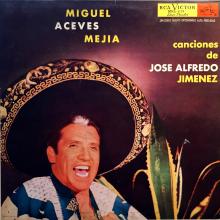 Miguel Aceves Mejía (1915-2006) is one of the leading exponents of Mexican folkloric music, with a gifted, versatile voice that made him a star throughout the Spanish-speaking world. During a career that spanned half a century, the singer and actor recorded more than 1000 songs on 90 discs and starred in over 60 films.
Miguel Aceves Mejía (1915-2006) is one of the leading exponents of Mexican folkloric music, with a gifted, versatile voice that made him a star throughout the Spanish-speaking world. During a career that spanned half a century, the singer and actor recorded more than 1000 songs on 90 discs and starred in over 60 films.
 Accordionist, vocalist, and songwriter Ramón Ayala is a pioneer of norteño music who has sustained an active recording and performing career for almost half a century. As part of the trail-blazing duo Los Relámpagos del Norte, along with Cornelio Reyna, he defined the modern genre with signature songs and distinctive instrumental styling that have made him a superstar of the genre on both sides of the Rio Grande.
Accordionist, vocalist, and songwriter Ramón Ayala is a pioneer of norteño music who has sustained an active recording and performing career for almost half a century. As part of the trail-blazing duo Los Relámpagos del Norte, along with Cornelio Reyna, he defined the modern genre with signature songs and distinctive instrumental styling that have made him a superstar of the genre on both sides of the Rio Grande.
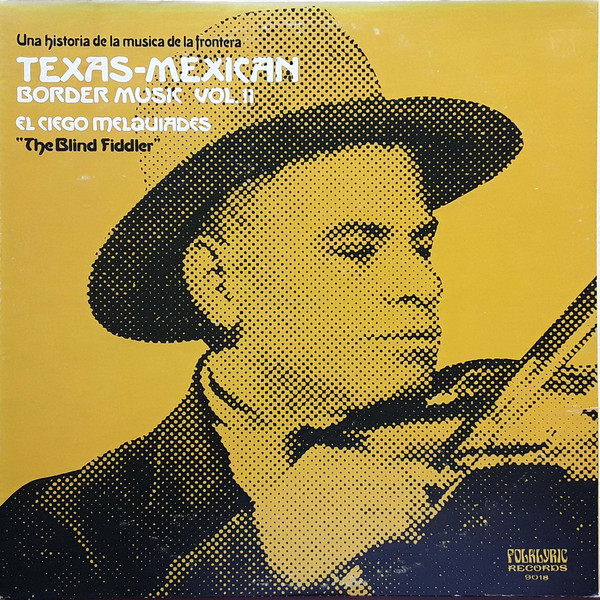 Little is known about the life of violinist Melquíades Rodríguez, not even when or how he lost his eyesight. His disability, however, earned him the stage name of El Ciego Melquíades, also known as “The Blind Fiddler.” Rodríguez represents a bygone era in Tex-Mex music when small orquestas típicas and rural string bands were still popular.
Little is known about the life of violinist Melquíades Rodríguez, not even when or how he lost his eyesight. His disability, however, earned him the stage name of El Ciego Melquíades, also known as “The Blind Fiddler.” Rodríguez represents a bygone era in Tex-Mex music when small orquestas típicas and rural string bands were still popular.
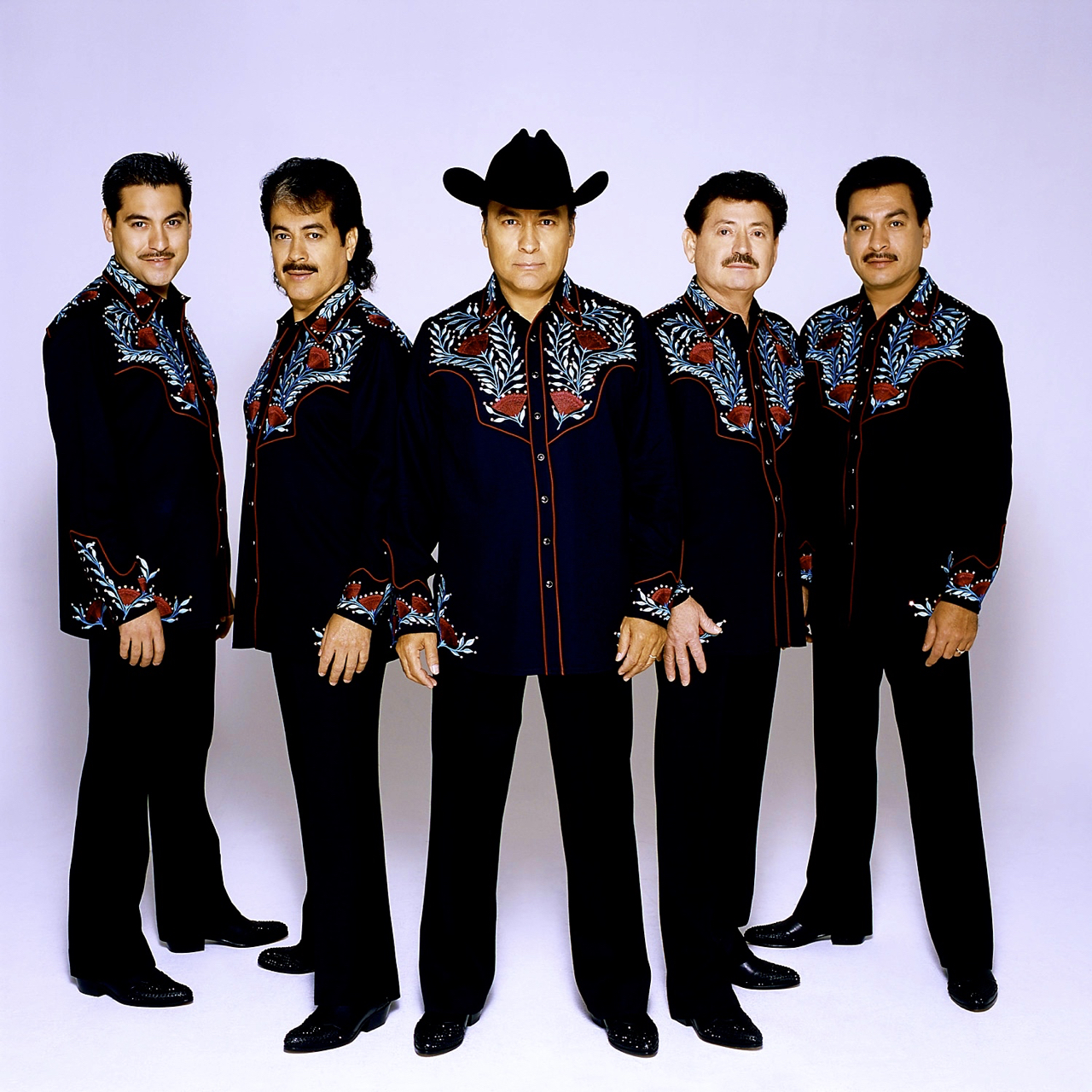 Los Tigres del Norte, the world’s premiere norteño band, started out as an actual band of brothers playing corridos they learned from old-timers in their tiny hometown in northwestern Mexico. From the very start, leader and older brother Jorge Hernandez saw music as a window on his working-class culture and way of life. The goal was not just to entertain but also to communicate culturally with the outside world.
Los Tigres del Norte, the world’s premiere norteño band, started out as an actual band of brothers playing corridos they learned from old-timers in their tiny hometown in northwestern Mexico. From the very start, leader and older brother Jorge Hernandez saw music as a window on his working-class culture and way of life. The goal was not just to entertain but also to communicate culturally with the outside world.
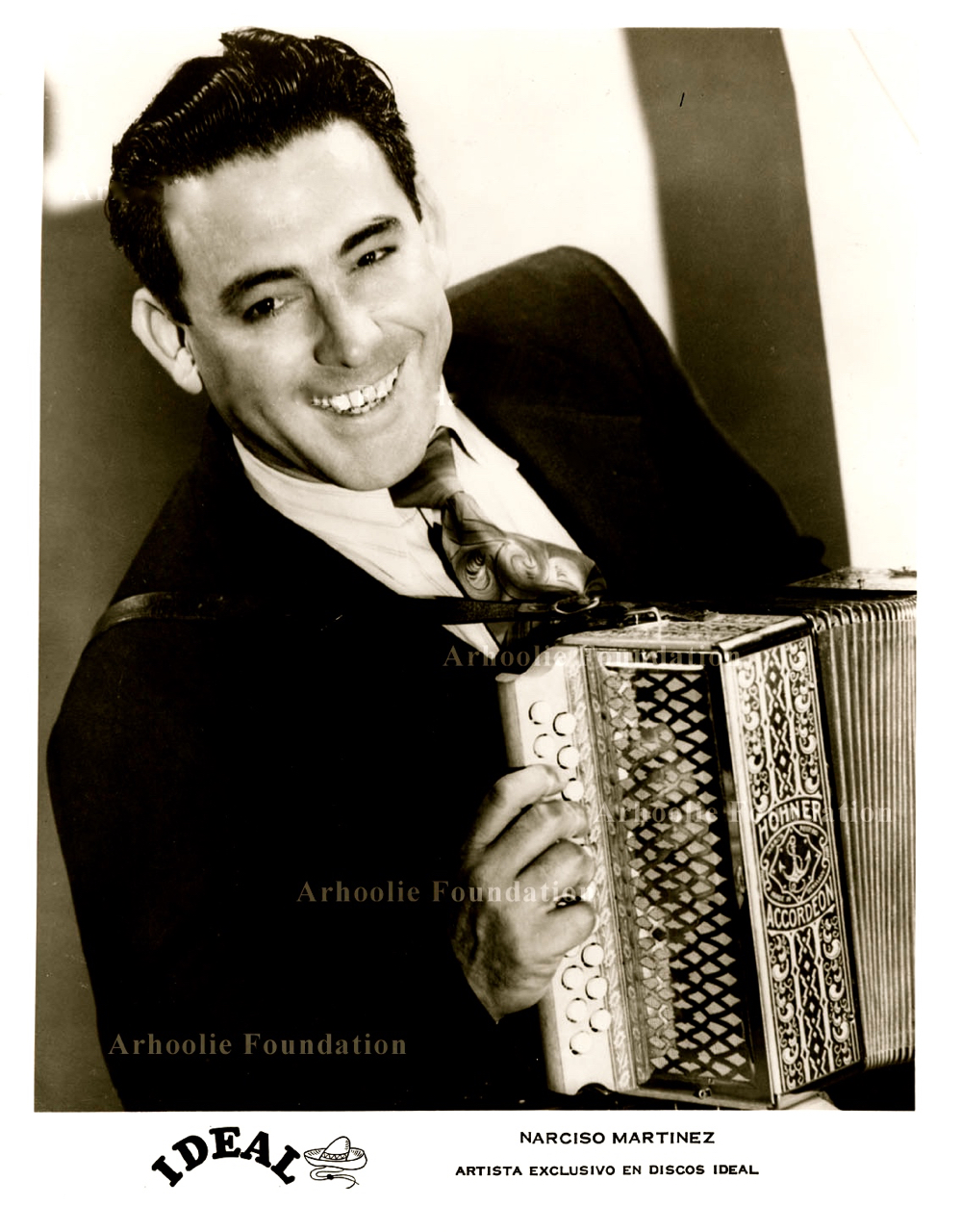 He was known as “El Huracán del Valle,” a musical whirlwind that swept through the Rio Grande Valley of South Texas in the post-war years, shaping what came to be known as Tex-Mex conjunto music. His name was Narciso Martínez, and no single accordionist was more influential or had a more lasting and widespread impact on the genre.
He was known as “El Huracán del Valle,” a musical whirlwind that swept through the Rio Grande Valley of South Texas in the post-war years, shaping what came to be known as Tex-Mex conjunto music. His name was Narciso Martínez, and no single accordionist was more influential or had a more lasting and widespread impact on the genre.
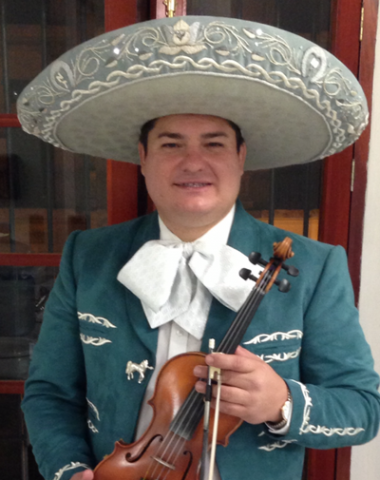 When it comes to bands with longevity, the Rolling Stones may be the elders of rock n’ roll. But the 52-year-old British group is still wet behind the ears compared to Mexico’s Mariachi Vargas de Tecalitlán, founded 117 years ago. Now in its 5th generation, the mariachi known as “el major mariachi del mundo” -- the best in the world -- is on an extensive U.S. tour through the end of the year. Starting this Cinco de Mayo weekend in Tampa, Florida, the revered ensemble has 29 dates currently scheduled, hopscotching the border from Tijuana to Topeka and Guadalajara to Costa Mesa. A complete tour schedule is posted here at MariachiMusic.com, a San Antonio-based website dedicated exclusively to the genre.
When it comes to bands with longevity, the Rolling Stones may be the elders of rock n’ roll. But the 52-year-old British group is still wet behind the ears compared to Mexico’s Mariachi Vargas de Tecalitlán, founded 117 years ago. Now in its 5th generation, the mariachi known as “el major mariachi del mundo” -- the best in the world -- is on an extensive U.S. tour through the end of the year. Starting this Cinco de Mayo weekend in Tampa, Florida, the revered ensemble has 29 dates currently scheduled, hopscotching the border from Tijuana to Topeka and Guadalajara to Costa Mesa. A complete tour schedule is posted here at MariachiMusic.com, a San Antonio-based website dedicated exclusively to the genre.
Stay informed on our latest news!